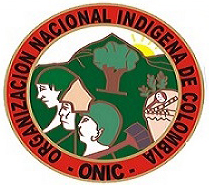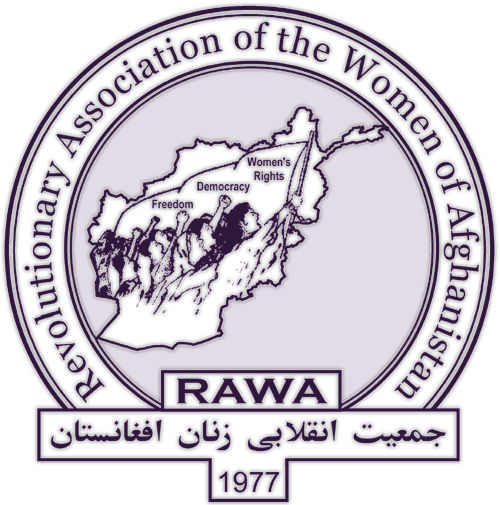Loreto
Peru: demands emerge for 'plurinational state'
Vladimiro Huaroc, head of Peru's National Office of Dialogue and Sustainability (ONDS), weighed in on the controversy over the country's new Prior Consultation Law June 14, in comments published in the official newspaper El Peruano. "There are many sectors that want the government to execute these actions as soon as possible, and we do not understand the trouble," he wrote. Seeming to address assertions by President Ollanta Humala that the law should not apply in the country's sierras, Huaroc invoked Peru's responsibilities under ILO Convention 169 and stated, "Probably, there are sectors that are not adequately informed" about the government's responsibilities to indigenous communities. "Prior consultation means informing the population; the Executive must do everything possible so that communities know in detail the economic processes that will be realized."
Colombia apologizes for Amazon genocide
Colombia's President Juan Manuel Santos on Oct. 12—recognized in Latin America as Día de La Raza—issued an official apology to indigenous communities in the Amazon for deaths and destruction caused by the rubber boom beginning a century ago. From 1912 to 1929 the Peruvian firm Casa Arana, led by rubber baron Julio César Arana with British backing, exploited rubber near La Chorrera in what is now Colombia's Amazonas department. Up 100,000 people were killed and communities devastated in the operations, with indigenous rainforest dwellers forced into slave labor and slain or displaced if they resisted. The situation was brought to the world's attention following an investigation by British diplomat Roger Casement, who had previously documented similar atrocities in the Belgian Congo.
Peru coca crop rises for sixth year: UN
Peru's coca crop increased by some 5.2% in 2011, according to the UN Office on Drugs and Crime (UNODC)—marking the sixth consecutive year that cultivation increased in the Andean nation. Some 64,400 hectares of coca cultivation were detected in satellite images, compared to the estimated 61,200 hectares cultivated in 2010. While the Upper Huallaga Valley and Apurímac-Ene River Valley (VRAE) continued to account for some 50% of Peru's illegal coca crop, the area under cultivation in these zones increased by only 1%. However, cultivation was up by over 40% in northern Peru, with the provinces of Putumayo and Bajo Amazonas (both in Loreto region) especially named—areas newly opened to cultivation, where the government carries out no eradication campaigns. "Drug traffickers are becoming more efficient," said Flavio Mirella, chief of UNODC's Peruvian office, during a presentation of the report in Lima. "Traffickers need less coca leaf to produce more cocaine. Routes of supply are diversifying and producing areas are getting closer to certain routes of exit" toward Bolivia and Brazil, he said. (Bloomberg, UNODC press release, Sept. 27; BBC News, Sept. 26*)















Recent Updates
20 hours 49 min ago
1 day 16 hours ago
2 days 13 hours ago
2 days 13 hours ago
2 days 17 hours ago
2 days 17 hours ago
2 days 17 hours ago
5 days 21 hours ago
1 week 1 day ago
1 week 2 days ago